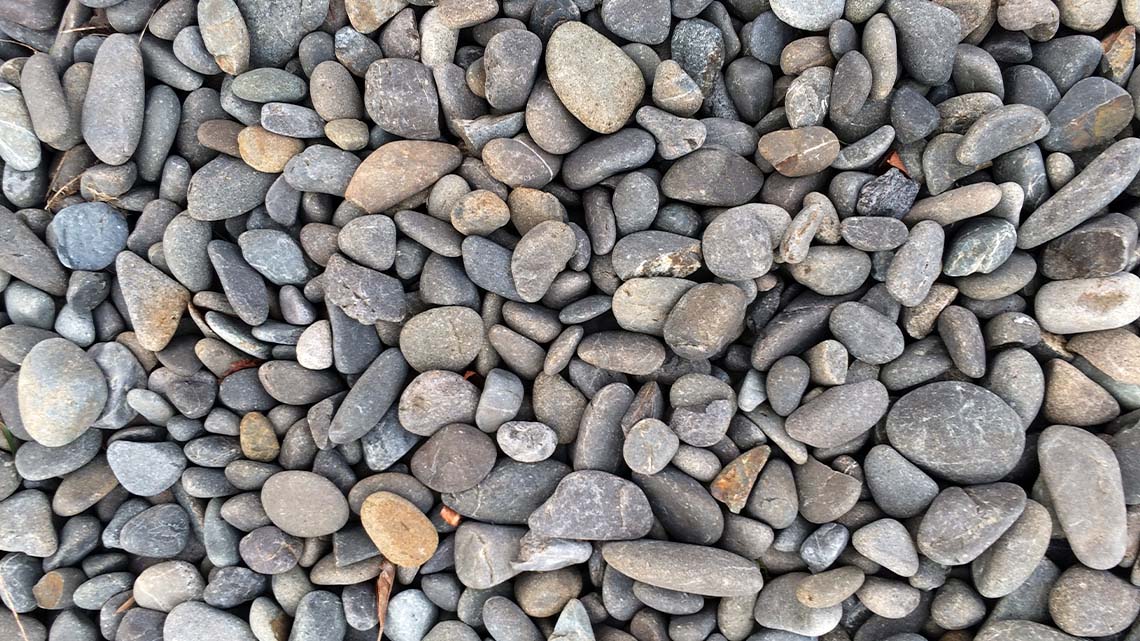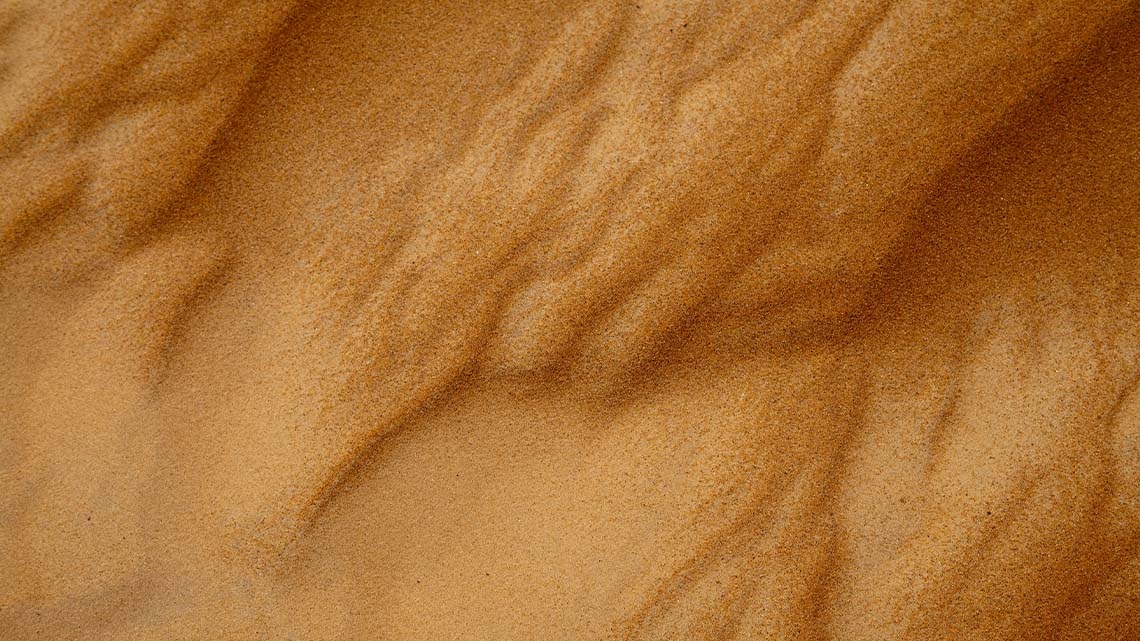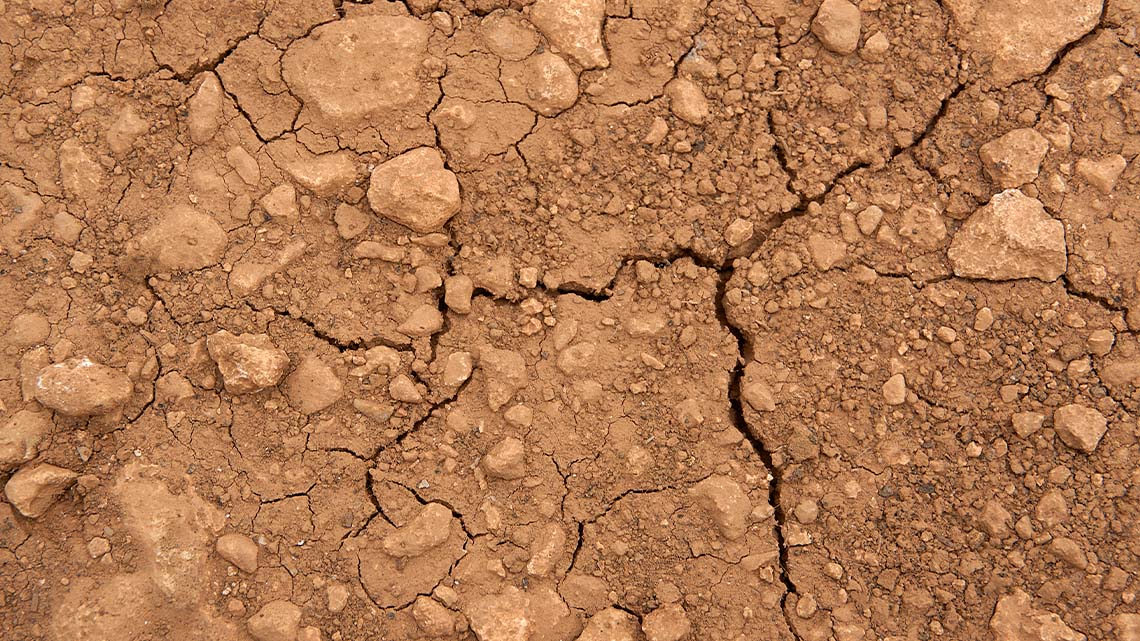Minds On
All about soil
Let’s explore the following images:
Brainstorm
Brainstorm
After exploring the previous images, let’s brainstorm about the following:
- What do you notice about the images? (consider the colour, texture, size, shape, etc.)
- How do you think they relate to soil?
- Is there anything that you still wonder?
Record your ideas in a notebook or another method of your choice.
Press ‘Hint’ to access an additional detail.
If you noticed, the previously explored images are a few components that make up soil.

The six components of soil are pebbles, sand, earth, clay, stones, and humus.
Action
Soil around the world
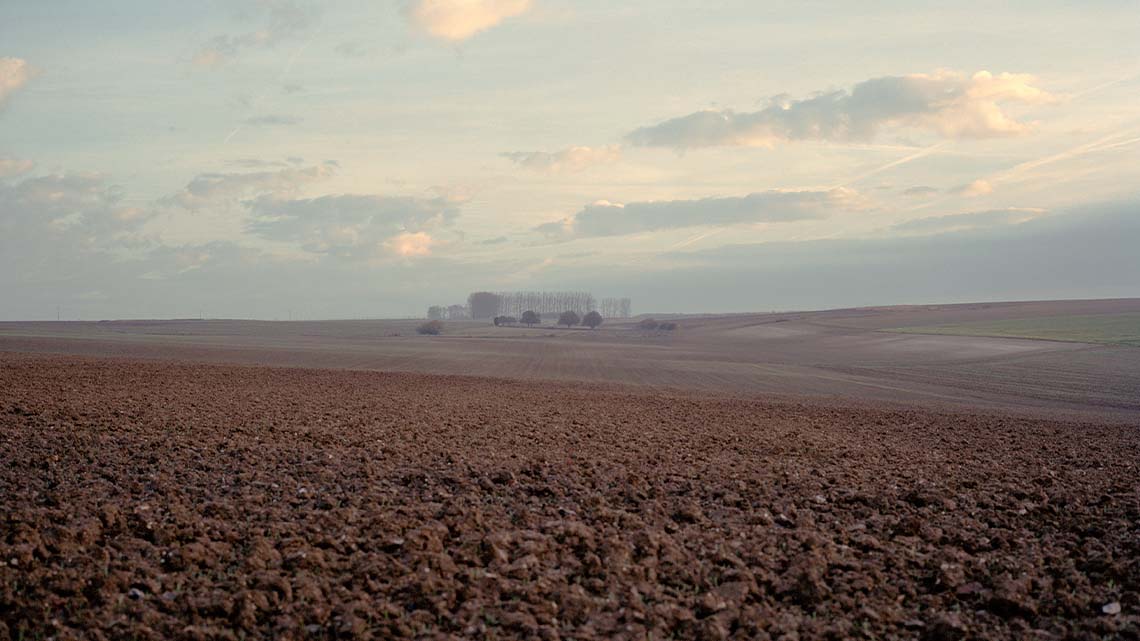
All types of soil share the basic components like sand, stones, earth, and humus, but types of soil are different around the world!
Special versions of the three main types of soil – clay, loamy, or sandy – are based on the climate and general environment of where they are found.
Press ‘Definition’ to access a description of the term climate.
Climate is the general weather conditions within a region, including temperature, rain or snowfall, wind, and averaged over a number of years.
Soil types vary based on factors like climate.
For example, soil that is located near desert climates typically has a greater sand component than soil that is found in a very moist climate. Let’s explore some of the facts about how soil is different around the world!
Soil types by region
Press the following tabs to access various soil compositions in different climates and environments.
Clay soils refers to soils that are composed of more clay than the other components of sand, rocks, or silt. This composition is usually found in humid or tropical climates, or close to large bodies of water.
Because organic matter sticks on to clay more easily, there is usually a higher percentage or organic matter in clay soil.
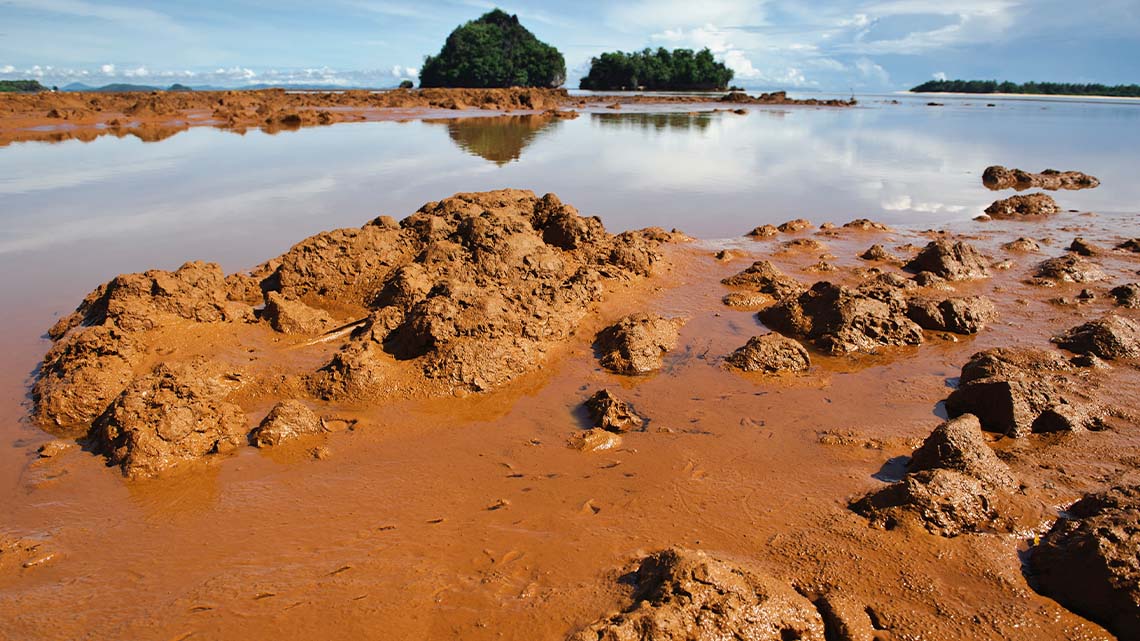
Red clay soil is pictured along a riverbank in Northern Mindanao region, Philippines.
Soil that contains more sand than other soil types is referred to as sandy soil, and can be found in dry, arid climates and desert environments. This soil is not typically the most fertile as it contains more sand and fewer of the other nutrients from silt and clay.
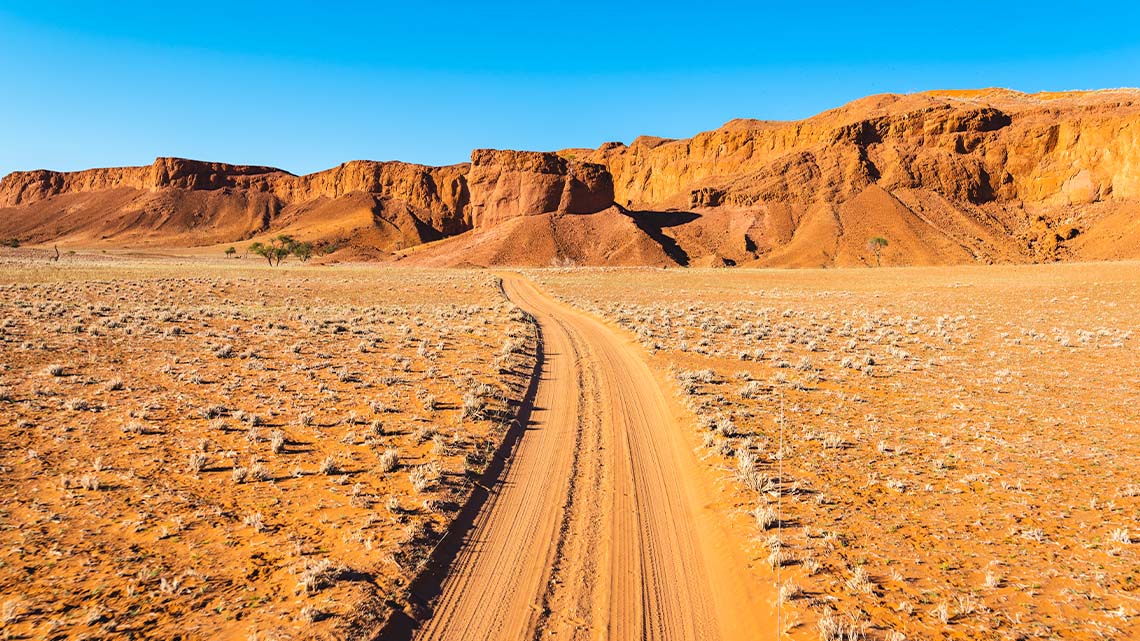
Sandy soil covers the ground in Namib-Naukluft National Park in Namibia, close to the Namib desert.
Loamy soil is made up of equal parts sand, clay, and silt, and is typically the most fertile type of soil. Because this human-made kind of soil combines the important, nutrient-rich properties of the three other types of soil, it is typically found used in agriculture as it is ideal for farming.
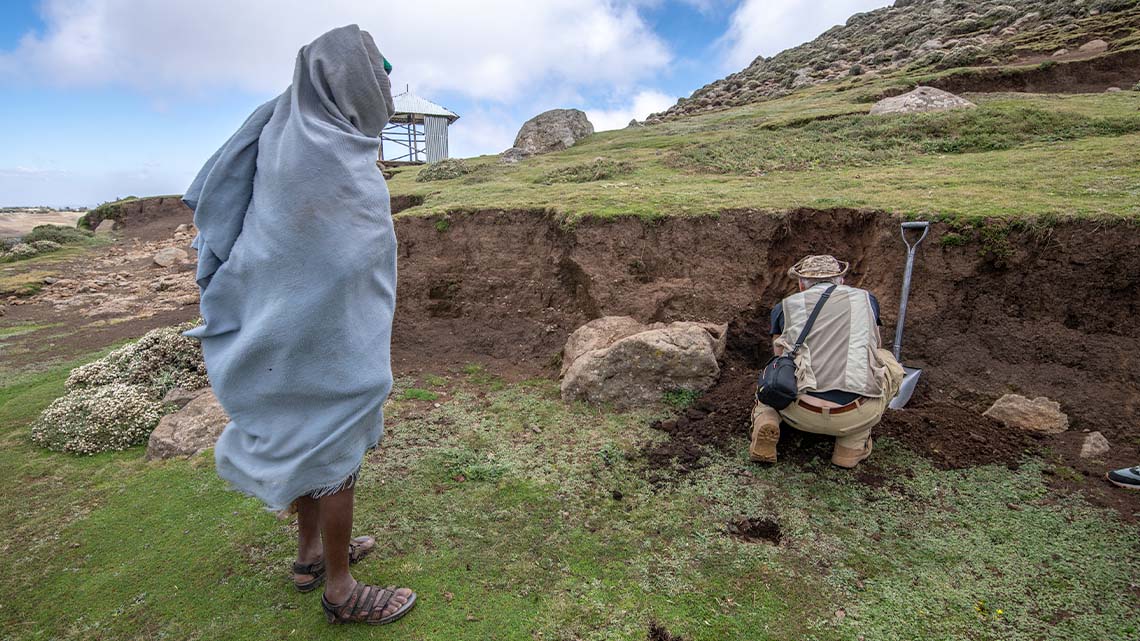
A field researcher examines loamy soil that is being used by a local farmer in Debre Berhan, Ethiopia.
Erosion
While the composition of soil is different across climates and regions around the world, something that all types of soil share is the threat of erosion.
To examine the harmful process of erosion, we will be using certain stages of the Scientific Research Process! The specific steps we will engage first with are Learn and Record.
Time to learn! We can learn things from different places and people.

It’s time to record what you have learned. You could write it down or make an audio or video recording.

Erosion is the process by which the surface of the earth is worn away by the action of running water, glaciers, winds, and waves.
Because the outer layer of the earth’s surface is the nutrient-rich topsoil that is vital for the plants it supports, and erosion physically removes this layer and disrupts the delicate structure of soil, all forms of erosion can have a harmful impact on soil health.
Types of erosion
Explore the following images and descriptions of the various types of erosion and its impact around the world.
Press the following tabs to explore each type of erosion.
Physical erosion refers to the gradual wearing away of rocks by the natural process of weathering.
Because this gradual wearing away causes rocks to get smaller and smoother, they can dislodge from their place deep in the soil on hillsides, and break as they fall down the slope (in extreme cases, in the form of landslides).
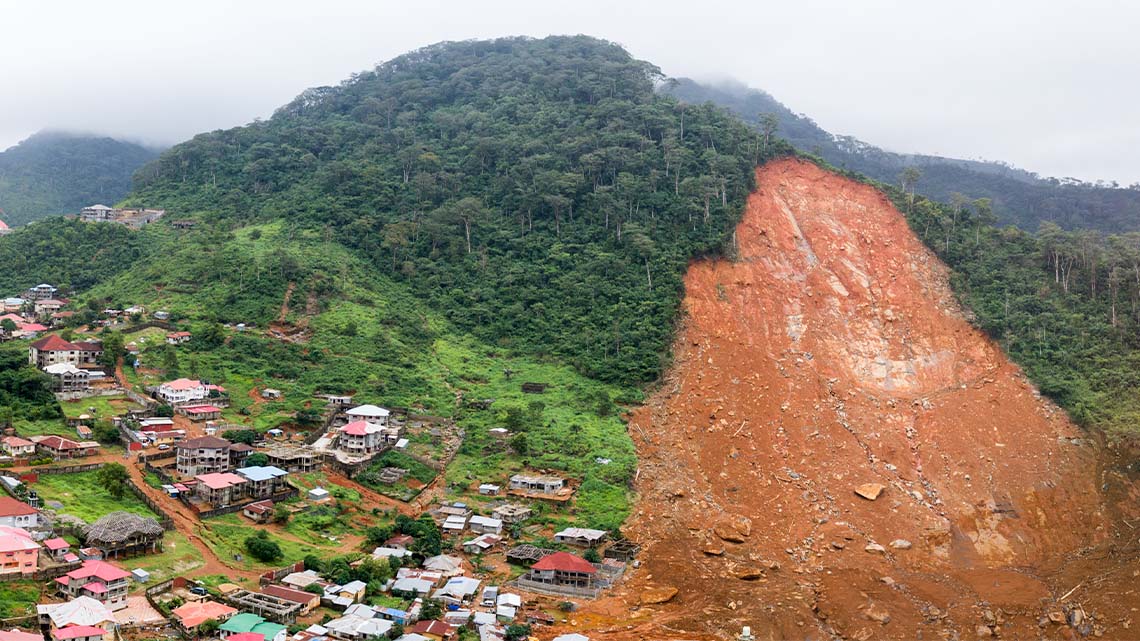
When rocks and small pebbles fall out of eroding soils, they can land in streams and clog waterways, which then can threaten populations of living things in those habitats like fish and other marine species.
Heavy rains and water runoff (extra water that soil is unable to absorb) naturally erode soil, but the impact of human activity can worsen the impact.
For example, erosion happens faster than it would naturally because of how humans cut down trees in large amounts, which removes the shrubs and plants whose roots help soil levels stay in place.

Coastal erosion is another example of how the force of water – in the case of oceans, rivers, lakes, gulfs and streams – can wear away levels of soil. The waves that hit the coast of bodies of water pounds rocks and pebbles into the coastline, causing the outer layer to wear away.
Wind is another powerful natural force that wears away at the earth’s surface and often makes soil imbalanced by widely blowing and distributing sand, and removing the clay and silt.
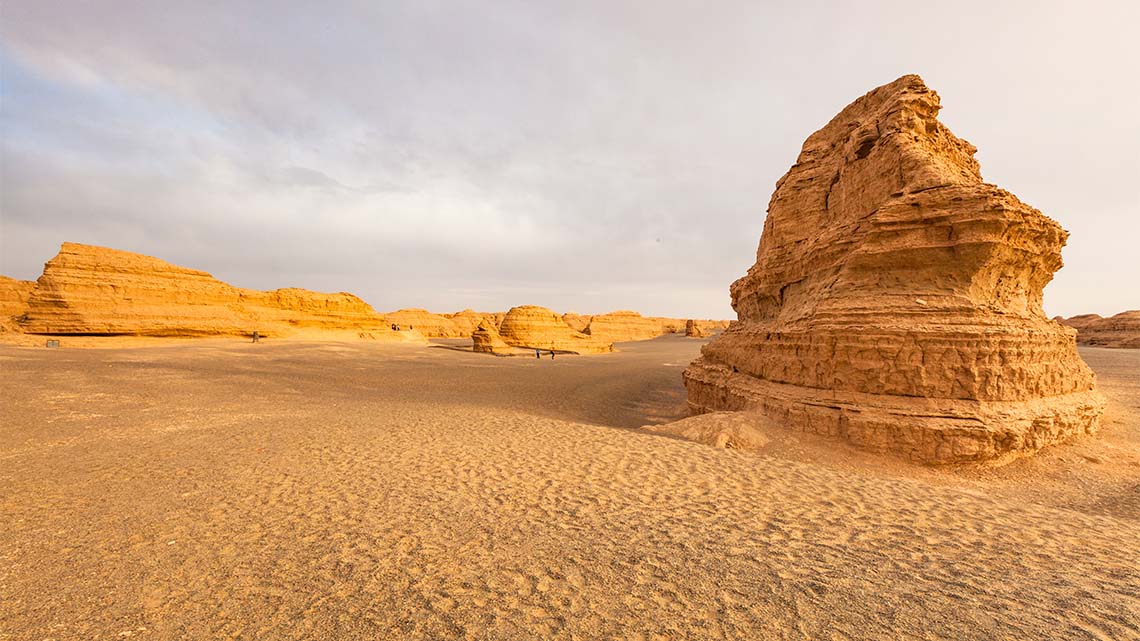
Sand that is blown around by the wind can erode rockface with a remarkable level of force, so it is no wonder that wind erosion poses an extreme threat to the lighter-weight outer layer of soil.
The movement of glaciers is another natural source of erosion, as the large, thick ice structures and “sheets” drag and scrape along the surface of the earth when they move.
For example, glaciers transport rocks, sediment, and land as they slowly travel, and their mighty path disrupts and dislodges the existing layers of soil.
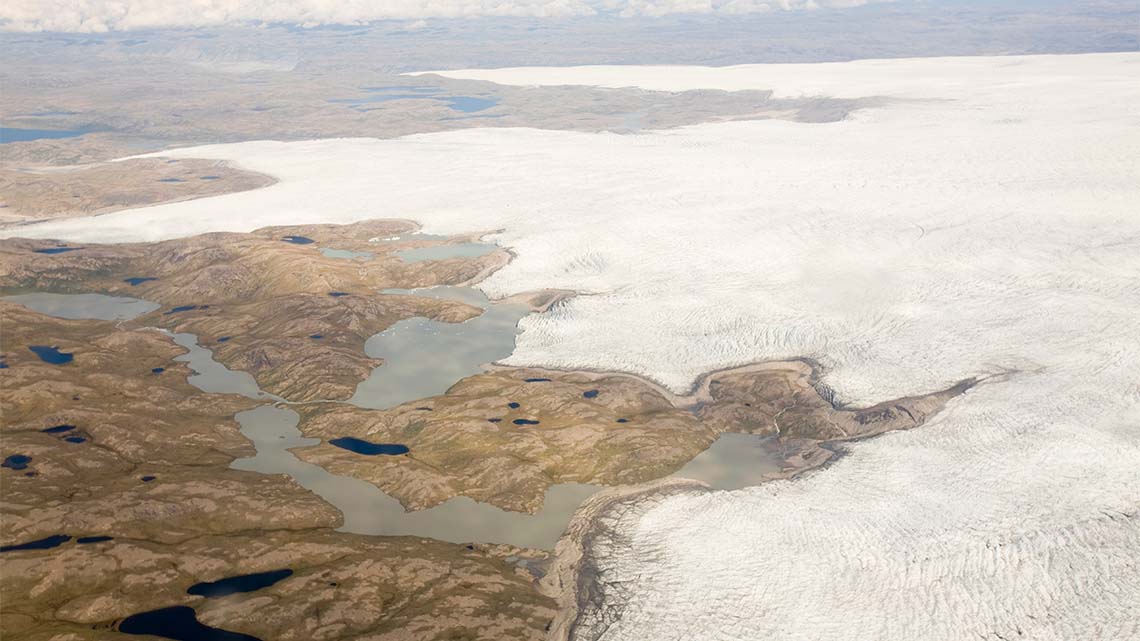
Ice sheets, in places like Greenland and Antarctica, erode nearly 0.5cm of the earth’s surface every year.
What do you think?
Reflect on your learning about the different types and natural causes of erosion.
Note two or three new facts that you learned about how different forms of erosion can have a disruptive or negative impact on soil.
Then, note any questions or ideas that you continue to wonder about.
Record your ideas in a notebook or another method of your choice.
Investigate
Investigate
While erosion is caused by natural forces such as wind, water, ice, and the gradual weathering of rocks, certain human activities worsen the destructive effects.
Let’s investigate the following image.

Composite art with four sections. First section is an animal overgrazing in a large field. The second section is a person spraying pesticides on a large flower field while wearing a mask. The third section is mining and logging, leading to deforestation. The last section is removing trees to build roads, highways, and buildings
After exploring the previous image, let’s think about the following:
- What do you notice? What do you wonder?
- How are these human activities leading to greater erosion?
Record your ideas in a notebook or another method of your choice.
When you’re ready, press ‘Let’s Check!’ to access a possible response.
Explore the following ways that human activities can worsen the effects of erosion:
- raising livestock such as cattle that overgraze and deplete the soil
- deforestation (logging) and mining for various industries
- constructing buildings, roads, and other human infrastructure
- overuse of pesticides by agricultural workers
When soil is lost on farmlands, farmers cannot grow as many crops, and depleted soil produces crops that provide less nourishment for people, which leads to hunger.
United Nations and zero hunger
The United Nations is guiding the global sustainability effort to help improve life on earth by the year 2030, which is linked to the protection of the plants that provide us with food.
Connecting to the world
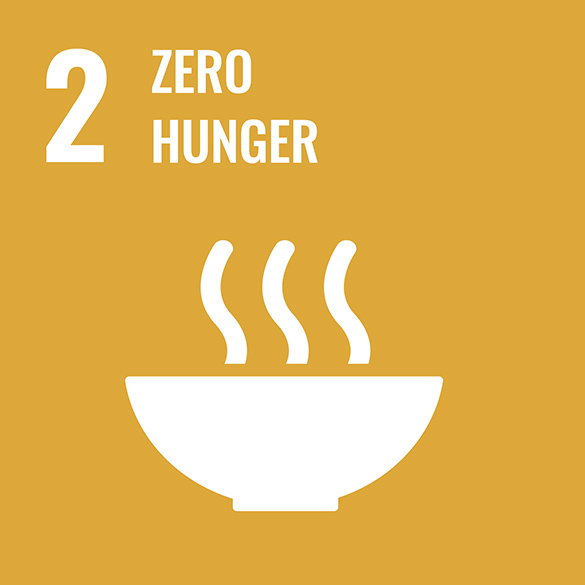
The United Nations (UN) is a group of many countries from around the world that have come together to create a better future for people and the environment. They have created 17 goals called the Sustainable Development Goals.
This learning activity is connected to Goal #2 which is called Zero Hunger. This means that everyone should have access to safe and nutritious food. Nutritious food helps someone grow and gives them energy.
Using plants for food is one way that people all over the world can help each other access safe and nutritious food.
Erosion and global hunger
We have examined some of the ways that erosion threatens soil health. Healthy soil is a crucial part of agriculture and food production; it is needed to grow food so living things can meet their basic needs for survival. That is why soil health around the world is an important aspect to consider in the discussion around global hunger.
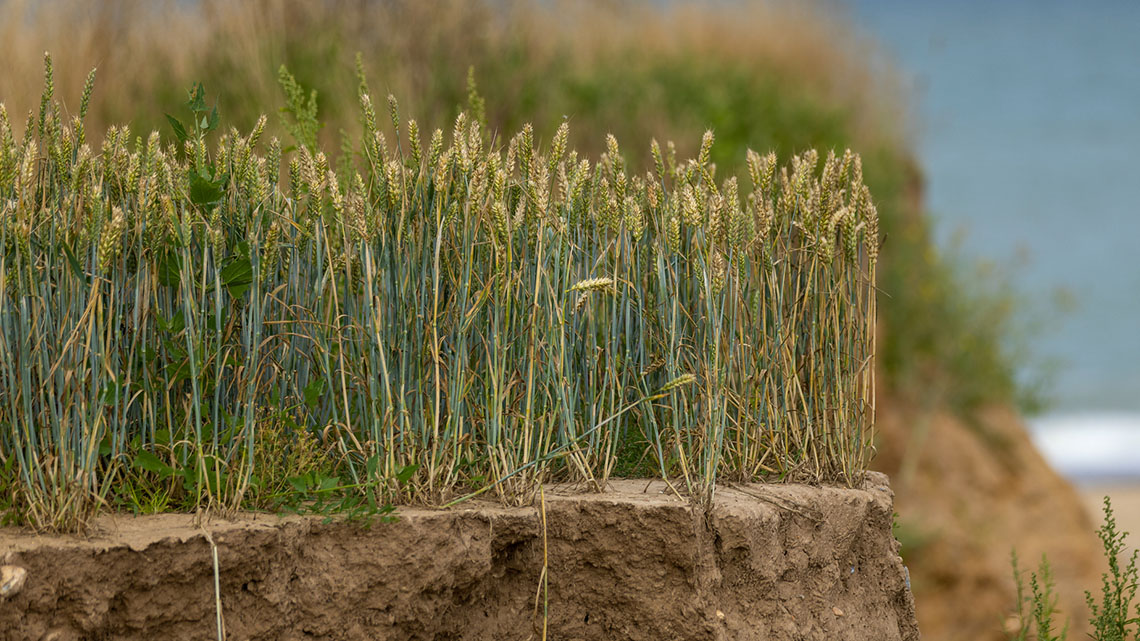
Plants attempt to grow in eroded soil along a coastline affected by coastal erosion.
Improving soil health
While erosion remains a threat to healthy soil, there are certain actions that can be taken to help improve soil health and lessen the risk.
Access this video entitled “What is Soil Erosion and Conversation” to learn more about strategies for improving soil health.
After exploring the video, record the two examples of how to improve soil health and protect against erosion.
Record your ideas in a notebook or another method of your choice.
Press ‘Let’s Check!’ to access the two strategies.
The two methods for improving soil strategies are:
- planting trees and reducing the rate that they are cut down
- minimizing the use of water in farming and gardening activities
Did You Know?
Did you know?
There is another popular strategy for protecting soil against erosion that involves building windbreaks!
A windbreak is a line of plants that was planted in order to stop or slow down the speed and force of wind.
While windbreaks used in agriculture are typically lines of plants, windbreaks can also be structures built by humans to ward off the wind.
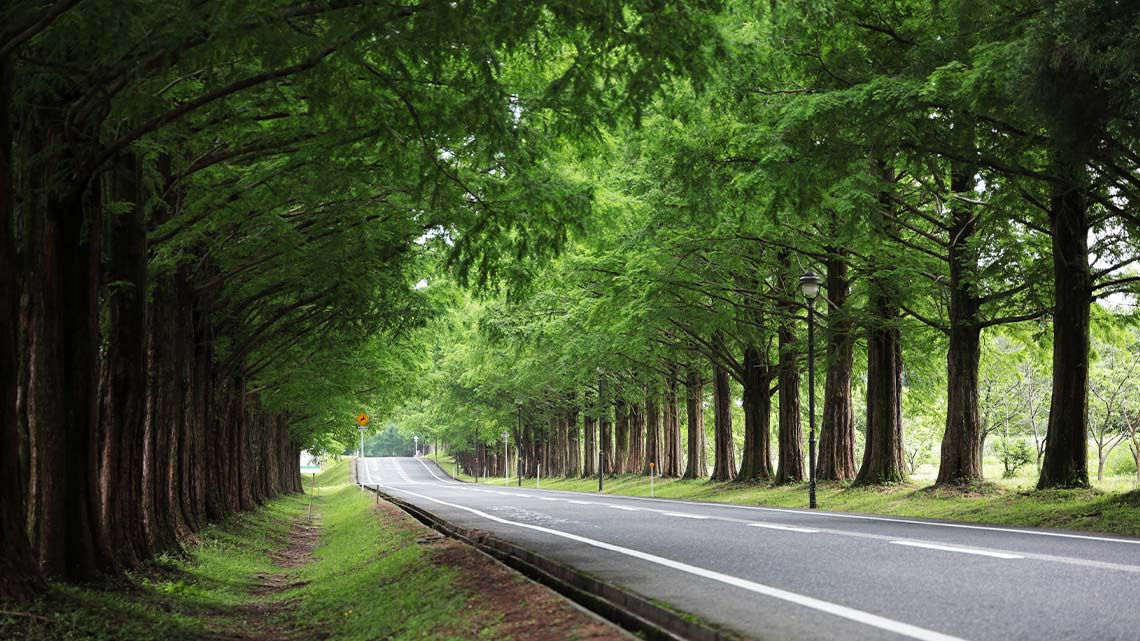
A 2 km windbreak made up of metasequoia trees in Takashima, Japan.
For example, in Shiga Prefecture, Japan – an area known for growing fruit trees – the need for a windbreak was identified during a local elementary school’s farm maintenance program.
To help protect against erosion, two rows of large metasequoia cedar trees were planted along a highway lined with farmland. Not only does this windbreak help to protect the crops from the threat of wind erosion, but the majestic line of trees draws tourists to the area.
Consolidation
Learning check!
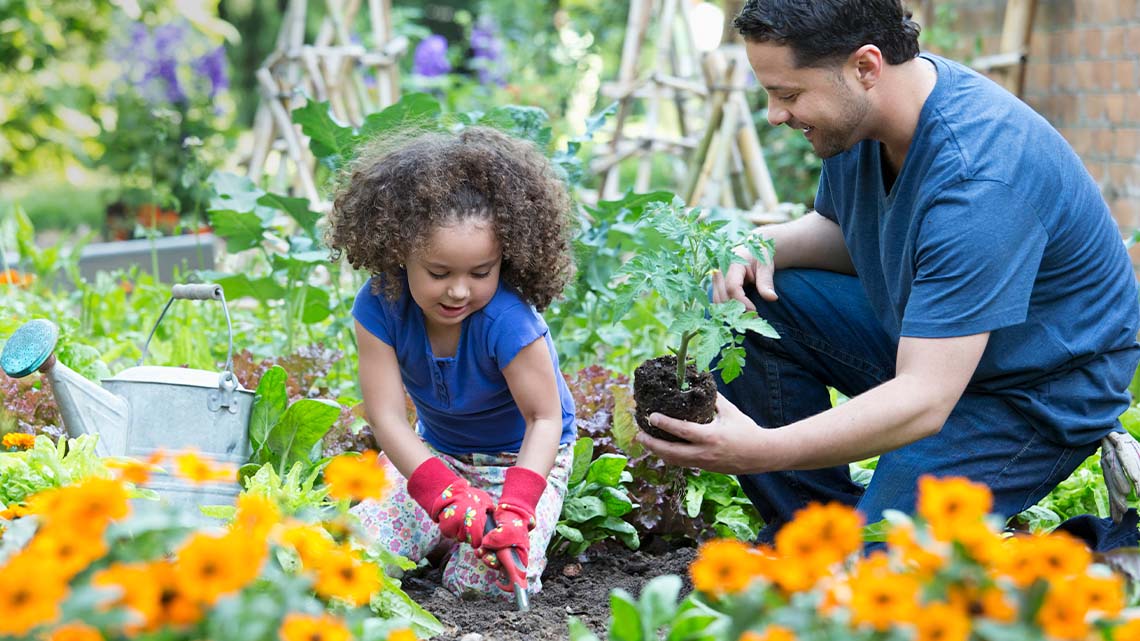
Complete the following activity to review your learning on soil components, erosion, and improving soil health.
For each sentence, select the missing word from the drop-down menu.
Try It
Your turn!
You have learned a lot of new information about erosion and how people can take steps to improve soil health.
1. Select one of the following soil health improvement strategies:
- planting a windbreak
- planting new trees
- using less water during farming and gardening
2. Then, describe how this strategy can be used to protect against the harmful effects of erosion.
Record your description in a notebook or another method of your choice, like an audio or video recording, a labelled diagram, etc.
You may use the following checklist to guide your thinking:
Did I include…?
Reflection
How do you feel about what you have learned in this activity? Which of the next four sentences best matches how you are feeling about your learning? Press the button that is beside this sentence.
I feel…
Now, record your ideas about your feelings using a voice recorder, speech-to-text, or writing tool.


